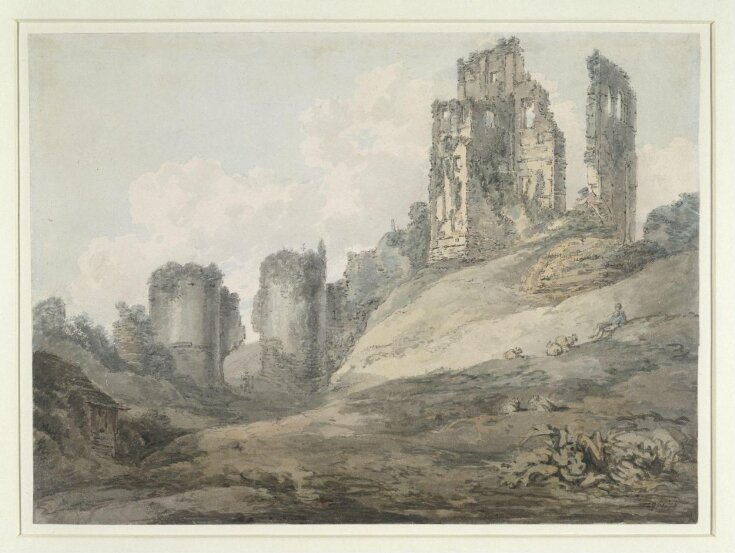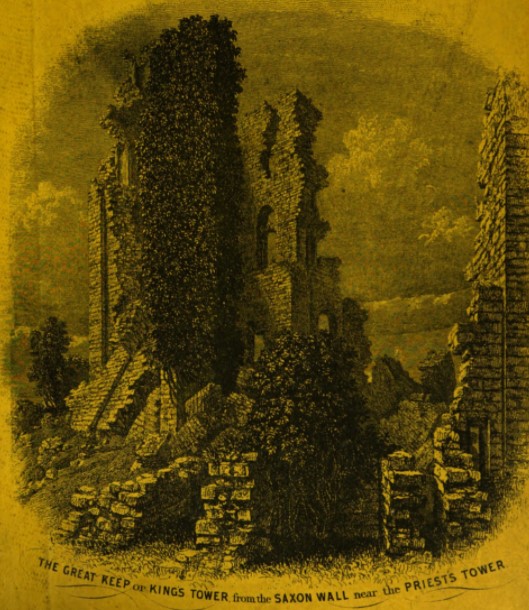When we conducted a survey in Dec/Jan and asked readers what they would like more of, one reader expressed an interest in in-depth posts on locations outside of London. This differs a bit from our “Hot/Not Spots” posts, because those are usually establishments, sights, or non-municipal places, so we decided to create a new category called “Regency Destination” which will cover different locations travelers in the early 19th Century might have visited or lived.

Joseph Turner (1793) water color of Corfe Castle
Nestled in Dorset is the village of Corfe Castle, named for the ruins of the castle. By the early 19th century, Corfe Castle was a destination not just for the site of the ruins, but because of the 18th century clay quarry industry that had developed into a major industry for the area.
The Castle was ancient even in the Regency era, said to exist as early as 6000 BC. Evidence suggests a long history of habitation by a series of people including (in order): Celtics, Romans, Vikings and Saxons, Normans, until it served as one of the Royal Castles in the Medieval era. The Castle was blown up, following an Act of Parliament, in the 15th century, resulting in the picturesque ruins (https://corfe-castle.co.uk/about-corfe-castle/history/).
Corfe Castle wouldn’t have been a popular destination, but does appear in some guides as a notable place for the clay quarrying and the ancient ruins. History buffs, geologists, or gothic romantic types would have undoubtedly been drawn to the site while nearby somewhere in Dorset.
Corfe Castle; or Keneswitha (1824)










